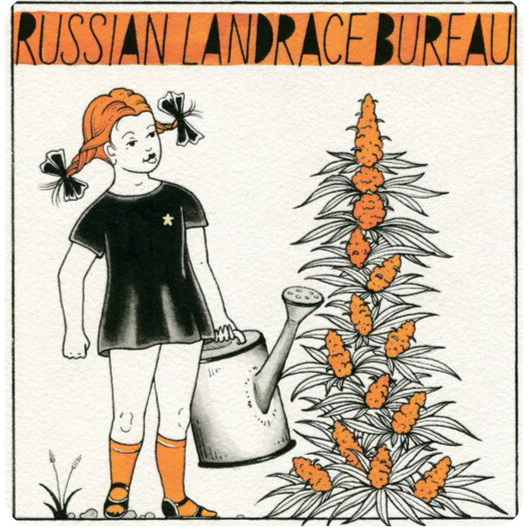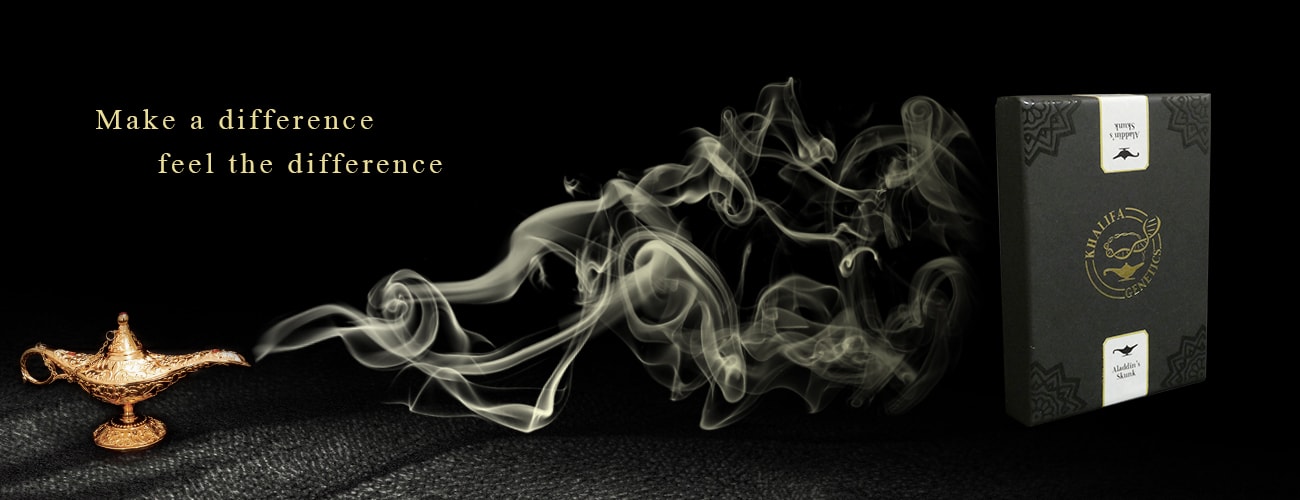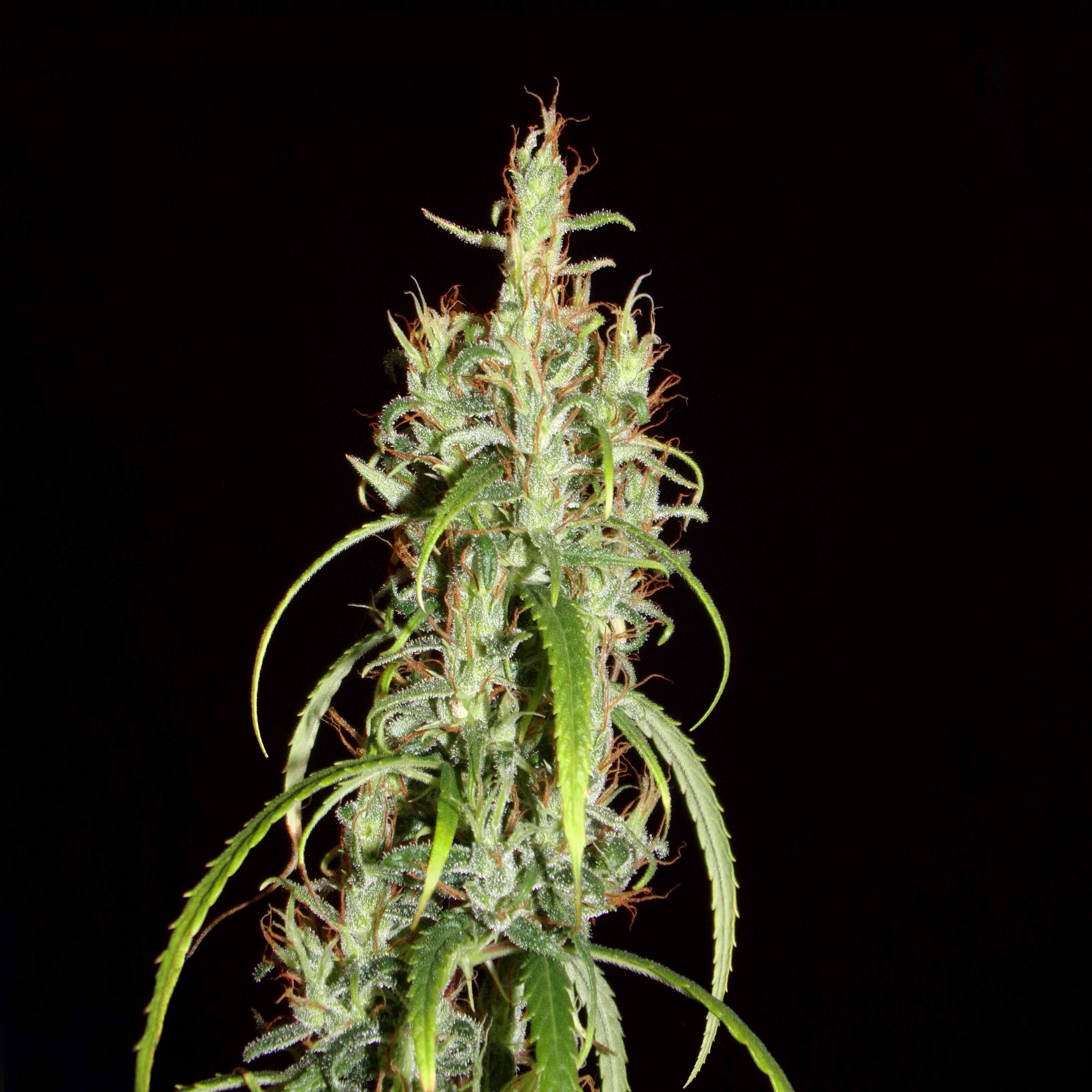Ruderal Species of Plants
"WHAT ARE RUDERAL SPECIES OF PLANTS?"
"WHAT ARE RUDERAL SPECIES OF PLANTS?"
Ruderal species are plant species described as those that are first to adapt to/colonize lands disturbed by either natural forces (like fires, flooding, etc) or human forces (construction, roads, mining, agricultural, etc.)
During or after these disturbance events, it's common for the preexisting competitive plant community to have been decimated or disrupted (typically killed off,) which greatly decreases the competitive biological demand for resources and leaves a non-competitive area for plant growth with freely available resources.
Plants that quickly take advantage of this temporary circumstance are referred to as being “ruderal.” Ruderal species of plants typically dominate these disturbed areas until the native competitive plant life begins to take back over.
The word “ruderal” comes from the Latin rūdera, which is the plural form of rūdus, meaning “rubble” or “to grow in waste or refuse.”
Ruderal species of plants tend to share some broad characterized features like:
- Fast growth (high rate of resource acquisition and vegetative growth)
- Allocation patterns that respond flexibly to changing resource availability (plants can allocate biomass to leaves, stems, roots, and reproduction based on variable circumstance)
- Self-compatibility (ability to inbreed with itself)
- Low levels of defensive chemicals and compounds
- Adaptations for short and long distance dispersal (distance traveled from existing population or the parent organism)
- Variable seed dormancy (physical and internal)
- A rapid completing life cycle with early onset of reproduction and increased fertility (producing a large amount of seeds.)
- Often annuals (plants that complete their life cycle from germination to production of seeds within one year and then die.)
Ruderal plant traits include minimal investment in stress toleration traits, such as tissue defense compounds against herbivores. The consequence is that insects and mammals prefer to consume plant tissues from ruderals that have few of the recalcitrant plant chemical compounds (like phenols and lignins) that make tissues unpalatable and indigestible.
There are trade-offs for farmers growing crops that are highly insect resistant (that grow slowly and produce defensive compounds) versus growing crops that rapidly produce desirable products which are susceptible to herbivore damage.
The leaf area index (the one sided green leaf area per unit ground area in broadleaf canopies (canopy spread)) of ruderal crop plants is generally high, consistent with what could be called a competitive-ruderal, and is important to the ability of crop plants to compete with weeds.
UNIVERSAL ADAPTIVE STRATEGY THEORY (UAST)
Universal adaptive strategy theory (UAST) is a theory developed by J. Philip Grime in collaboration with Simon Pierce that describes the general limits to ecology and evolution based on the trade-off that organisms face when the resources they gain from the environment are allocated between either growth, maintenance or regeneration (known as the universal three-way trade-off.)
In this typology (also called Grime’s C-S-R Triangle,) plant species are grouped into Competitors, Stress tolerators, and Ruderals (CSR’s.) These types of species survive based on adaptations to the stress and disturbances in the ecosystems they live in.
J. P. Grime identified the two factor gradients, broadly categorized as disturbance and stress, which limit plant biomass.
Stresses include factors such as the availability of water, nutrients, and light, along with growth-inhibiting influences like temperature and toxins.
Disturbance encompasses herbivory, pathogens, anthropogenic interactions, fire, wind, etc.
The three life strategies commonly used to categorize plants based on their environment emerging from high and low combinations of stress and disturbance are:
Competitors are typically low disturbance, low stress species. They are characterized by fast growing vegetation with high plant plasticity (plasticity refers to a plants ability to cope and adapt to its environment.)
Stress-tolerators are described as low disturbance, high stress species (an example would be perennials adapted to arid climates.)
Ruderals are described as high disturbance, low stress. They are characterized by fast growth, fast maturation, small stature with a limited lateral spread, high seed production (relative to size,) high flowering frequency, and are often annuals.
It's possible for plant species to display more than one typology (a competitor ruderal, for example, giving them characteristics from both.)
An example of this is the common bean, classified as a ruderal given its rapid growth habit, early reproductive phase, edible, and highly pest-susceptible tissues.
In contrast, soybeans are also a grain legume yet have many traits that are more often associated with the stress-tolerator group. This includes a range of plant growth types and defense traits such as pubescence ("hairs" that protrude from the stems and leaves) that discourages insect herbivory, and biochemical compounds that require processing for humans to obtain nutritional value from soybean grain.
Other examples of ruderal species of plants are jimsonweed, henbane, nettle, burdock, cocklebur, and of course, cannabis ruderalis.
Some ruderal plant species are even used by humans as a response to both natural and man-made forces; ruderal plant species are aerially dropped after wildfires to help stop and prevent erosion, are used by industries that strip land (like mining) to help provide soil stability provide a foundation for other plant growth, etc.










